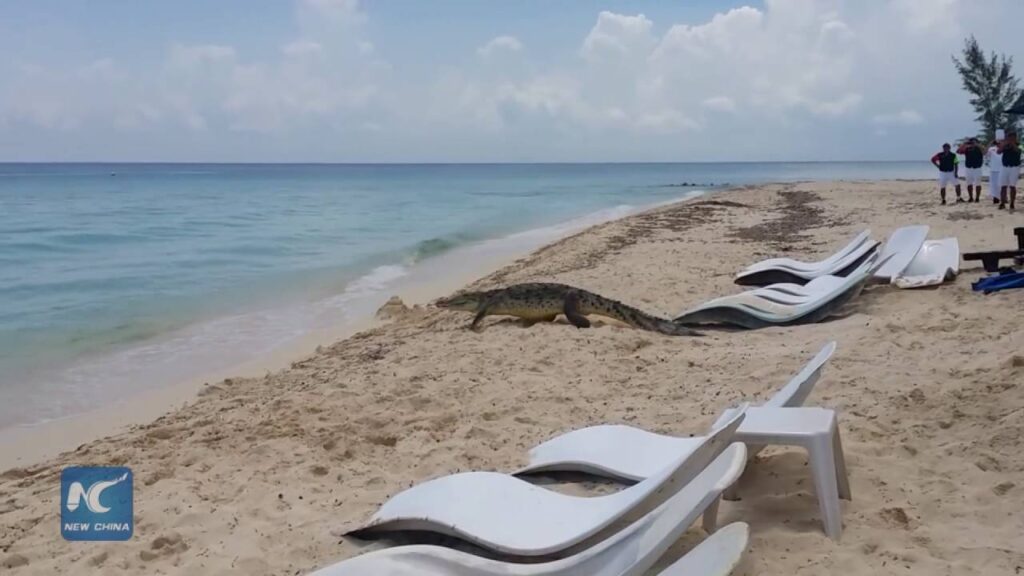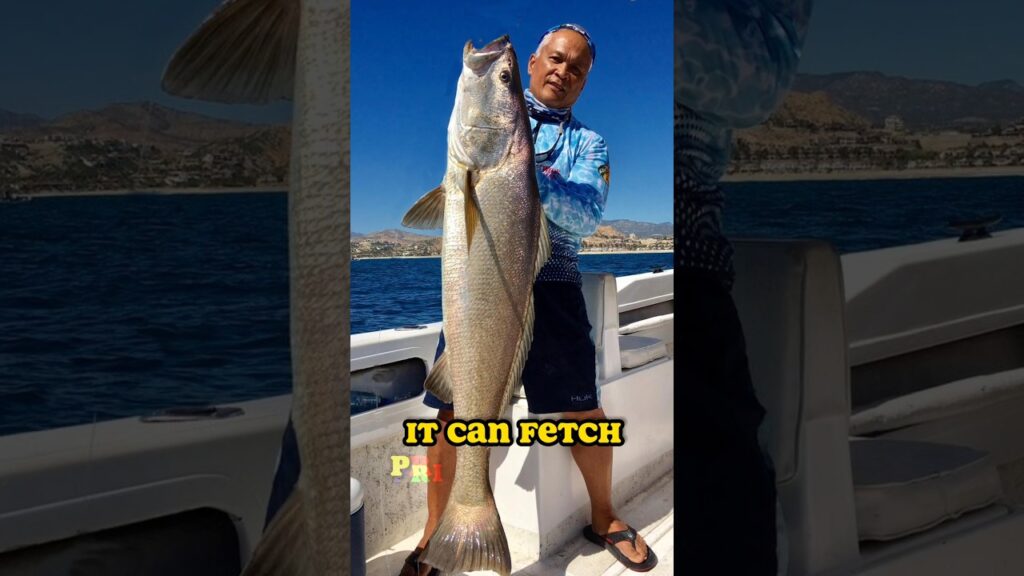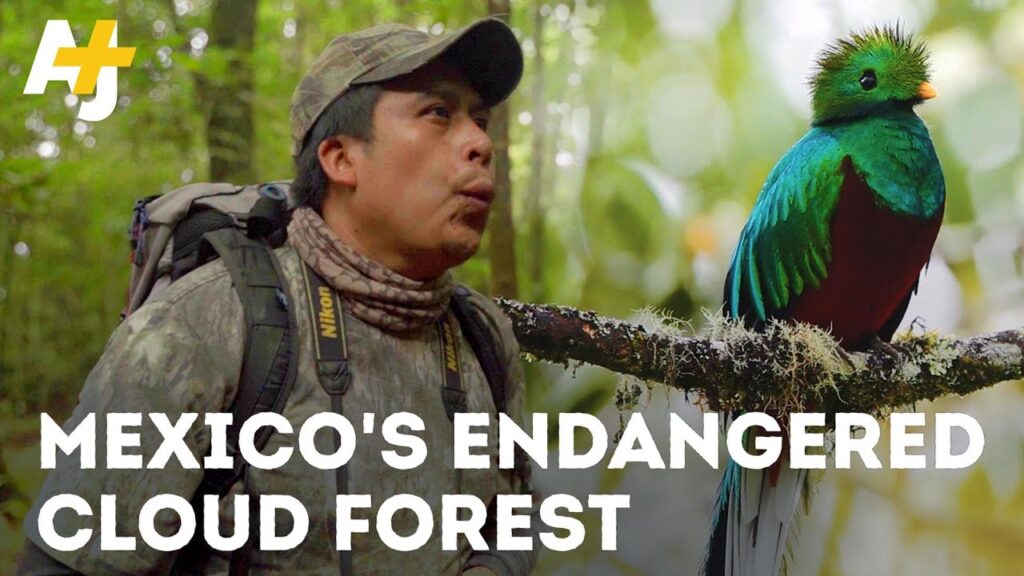Renewed Habitat: The Return of Crocodiles to Chac Luc Lagoon
The re-emergence of crocodiles in Chac Luc Lagoon is a testament to Mexico’s ongoing conservation efforts, transforming the once endangered area into a thriving ecosystem. As crocodiles gracefully glide through the lagoon’s waters, nature enthusiasts and biodiversity experts alike are witnessing a remarkable chapter in the story of environmental recovery and wildlife resilience. This majestic return has not only reinstated a key species but has also reinvigorated the local flora and fauna balance.
Chac Luc Lagoon, known for its lush surroundings and pristine waters, has always been an ideal habitat for a wide variety of life forms. With the reappearance of the apex predators like crocodiles, the natural order of the lagoon’s ecosystem is experiencing a rebalancing act. The apex predators play an essential role in maintaining the health of the aquatic community by controlling overpopulated species, thus aiding in the preservation of ecological equilibrium.
Understanding the significance of crocodiles to Chac Luc Lagoon’s environment entails recognizing their influence on both terrestrial and marine habitats. These reptiles contribute to the shaping of the physical environment by creating wallows that become microhabitats for other organisms. Such interactions accentuate the complexity and interdependence of the ecosystem, highlighting the importance of each species’ role.
Witnessing the crocodiles’ return to the lagoon is not only a sign of environmental success; it also carries profound implications for eco-tourism. The resurgence of these remarkable creatures has bolstered the local economy by attracting nature lovers and thrill-seekers eager to observe crocodiles in their natural habitat. This increase in tourism, accompanied by a surge of conservation awareness, has encouraged further protection of the lagoon.
The successful return of crocodiles to Chac Luc Lagoon stands as a beacon of hope for other conservation projects across Mexico and beyond. It’s a vivid reminder that with dedicated effort and sustainable practices, nature can often be restored to its former glory. As we marvel at the resilience of these ancient reptiles, we are encouraged to continue working towards a future where humans and wildlife can coexist harmoniously.
A Year Without Water: Chac Luc Lagoon’s Transformation
Sitting in the heart of the Yucatan Peninsula, the Chac Luc Lagoon once sang with the movement of water, an aquatic ballet of life and natural beauty. As a jewel of biodiversity, it attracted adventurers from around the globe, seeking to bask in its serene embrace. However, over the course of a year, something unprecedented happened. The waters began to recede at an alarming rate, unveiling a transformed landscape that perplexed locals and visitors alike. The lagoon, known for its crystal-clear turquoise waters, had become a somber stretch of cracked earth, juxtaposing its former glory with a puzzling spectacle of nature’s volatility.
The reasons behind this dramatic change are complex, with climate scientists attributing it to a combination of prolonged drought and unsustainable land use practices. Researchers have observed similar patterns in other parts of the region, pointing to broader environmental shifts that call for urgent attention and action. The transformation of Chac Luc Lagoon serves as a poignant reminder of our fragile coexistence with the natural world. It also offers a unique opportunity for eco-tourists and adventurers to witness firsthand the effects of environmental change, turning the lagoon into an inadvertent classroom under the open sky.
In response to this unexpected phenomenon, the local community has galvanized, sparking initiatives aimed at understanding and, hopefully, reversing the lagoon’s desiccation. Conservationists emphasize the importance of protecting such ecosystems, not only for their inherent natural value but also for the cultural and economic vitality they provide. As Chac Luc stands as a silent testament to ecological upheaval, its story incites a narrative of resilience and reclamation, inspiring travelers to consider the profound impact of their own footprints on the precious terrains they explore.
Conservation Success: Crocodiles Make a Comeback in Campeche
In the heart of Mexico’s Yucatan Peninsula, the state of Campeche has become an unexpected sanctuary for the American crocodile, an apex predator that once faced severe population declines. Through concerted conservation efforts, Campeche has witnessed a remarkable resurgence of crocodile populations, a beacon of hope in the global fight to preserve biodiversity.
The tale of the crocodile’s comeback in Campeche is a testament to the power of habitat protection and local engagement. Dedicated wildlife biologists and environmentalists have collaborated closely with communities to safeguard the wetlands and estuaries that are crucial to the reptile’s lifecycle. Simultaneously, initiatives to educate and involve local people have been instrumental in transforming former hunters into guardians of the species.
At the forefront of the American crocodile’s recovery in Campeche has been the creation of the Laguna de Términos, a protected area encompassing mangroves, coastal lagoons, and rivers. The reserve serves as a stronghold for the species, providing safe breeding grounds and abundant prey. This habitat, once threatened by unchecked development, now stands as a model of sustainable use, balancing the needs of the crocodiles with those of the local fishing communities.
Remarkably, the increase in crocodile populations has led to burgeoning interest in ecotourism, offering a new source of income for the region. Visitors flock to Campeche in hopes of catching a glimpse of these magnificent reptiles in their natural surroundings. The surge in sustainable tourism has further incentivized the protection of crocodiles, integrating conservation with economic growth.
Despite the progress, the work is far from over. Conservationists continue to monitor the crocodile populations and the health of their habitats, working to mitigate the challenges posed by pollution and climate change. The journey of the American crocodile in Campeche stands as an inspiring chapter in Mexico’s wider environmental narrative, demonstrating what can be achieved when people rally around a shared goal of preserving the natural world for generations to come.
Chac Luc Lagoon: A Resilient Ecosystem in Mexico
Nestled in the heart of the Yucatan Peninsula lies the stunning Chac Luc Lagoon, a testament to the natural beauty and resilience of Mexico’s diverse ecosystems. This vibrant lagoon is not only a feast for the eyes with its crystal clear turquoise waters but also a vital habitat for an array of wildlife species. Despite facing environmental pressures, Chac Luc Lagoon continues to flourish, providing a sanctuary for plants and animals alike.
The lagoon’s waters serve as a crucial nursery for numerous fish species. In the seagrass beds, you can find juvenile fish seeking refuge among the aquatic plants, which offer both food and protection from predators. This dynamic environment supports a complex food web that extends from microscopic algae to larger predatory fish, illustrating the lagoon’s importance in maintaining the ecological balance of the region.
One of the standout features of Chac Luc Lagoon is its mangrove forests, which edge the waters and provide a bulwark against coastal erosion. These mangroves are not only key to preventing land loss but also act as natural water purifiers, filtering out pollutants and excess nutrients before they can harm the lagoon’s delicate ecosystems. The tangled roots of the mangroves are a hotspot for biodiversity, supporting a myriad of creatures such as crabs, birds, and even reptiles.
Birdwatchers flock to Chac Luc Lagoon to catch glimpses of the diverse avian population. The lagoon is particularly renowned for its population of flamingos that paint a striking pink hue against the blue backdrop of the water. These majestic birds can be seen foraging in the shallow waters, sifting through the mud for their favorite food- tiny shrimp that also contribute to the flamingos’ vibrant coloration.
For those seeking adventure, Chac Luc Lagoon offers a variety of outdoor activities. Kayaking through the serene waters provides an intimate way to explore the ecosystem. Visitors can glide past the mangrove tunnels and open lagoon expanses, perhaps catching sight of a playful dolphin or a stealthy manatee. The lagoon’s clear waters are also ideal for snorkeling, offering a window into the underwater world where colorful fish and corals abound. Chac Luc Lagoon is not just a natural wonder, but also an adventurer’s paradise.



